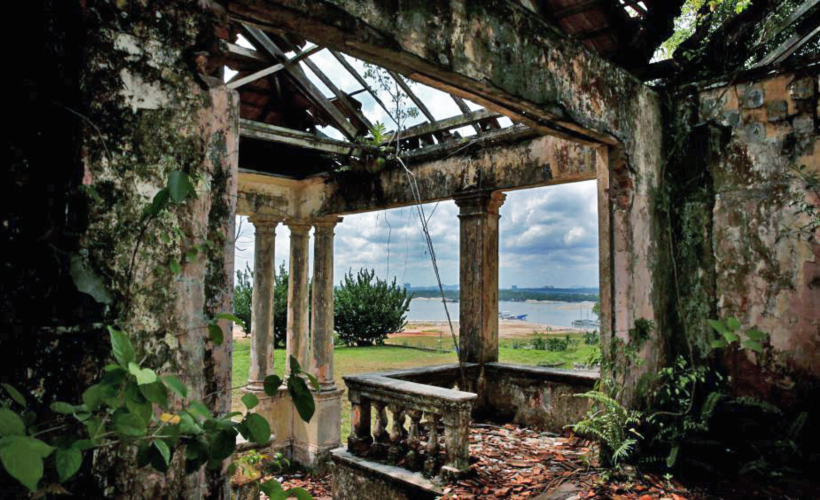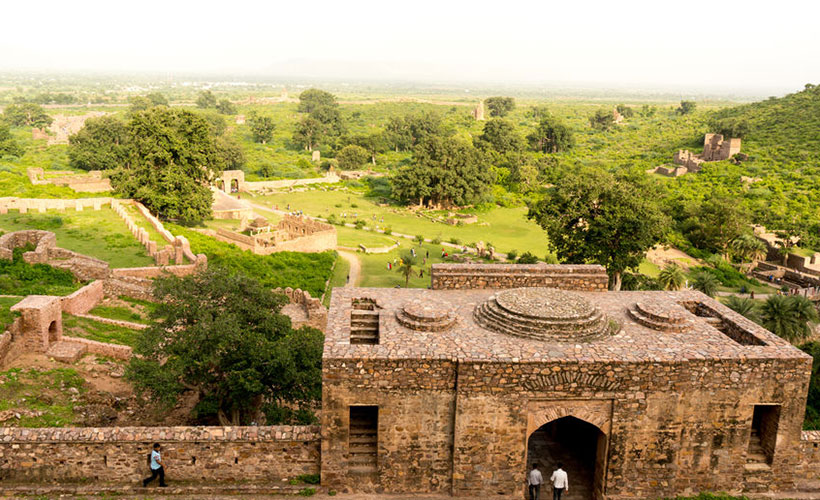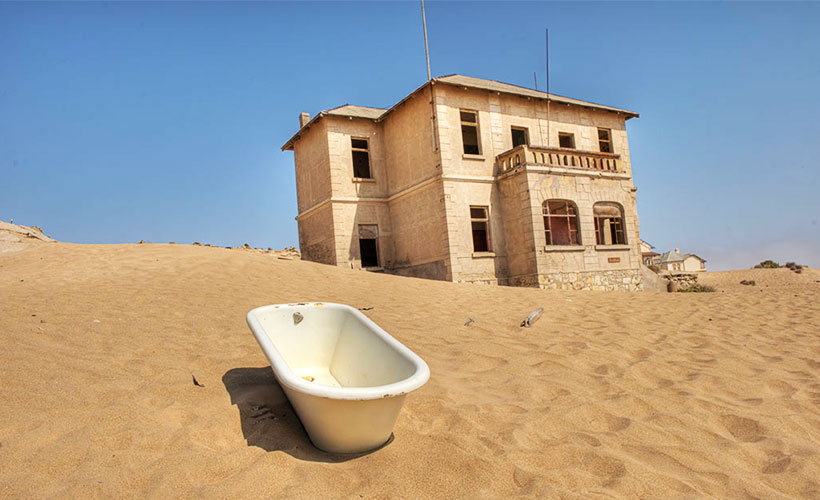
In a world where our days bog us down and life whizzes past in a flurry, certain things serve to remind us that everything we know as routine can all be stripped from us in an instant. Abandoned towns – or ‘ghost towns’ as they’re often called – is one stark reminder to that.
Some are left to their own, their resources all but sucked dry. Others are deserted due to disasters either natural or manmade. Then there are those who’d had their entire population massacred.
While these eight ghost towns around the world don’t all share the same history, they’re unmistakably just as eerie as the next.
1. Oradour-sur-Glane, France
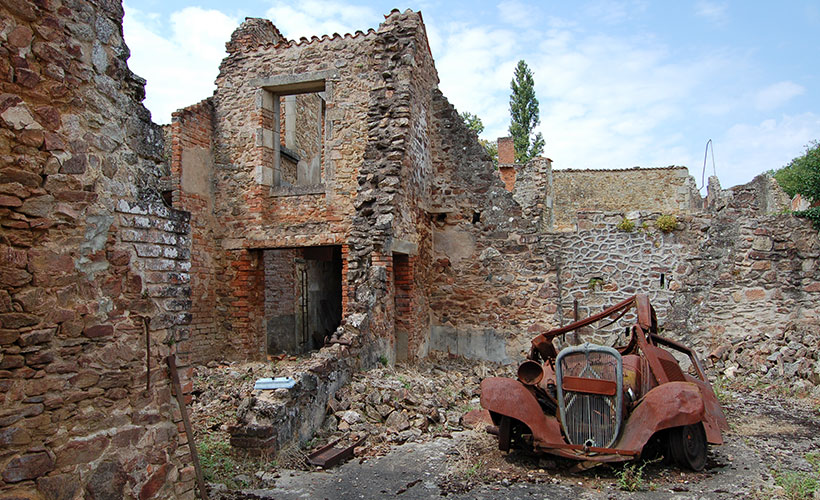
A small village in Nazi-occupied France and a Nazi battalion hell-bent on murder. Oradour-sur-Glane is, to put it bluntly, what remains of a village that lost almost to its entire population in a single afternoon.
On the 10th of June in 1944, Nazi soldiers sealed off the village following an alleged kidnapping of a German official. Under the guise of an identity check, they assembled all the villagers in the village square. The women and children were then herded off into the church, while the men were separated into several different barns.
Following that came the bloodshed. Men were shot in their legs to render them immobile before being burned alive. In the church, the soldiers attempted to asphyxiate the women and children with gas bombs, followed by hand grenades, and machine guns. Accounts even tell of a baby being crucified and another even baked to death in an oven.
A new village was built nearby, but Oradour-sur-Glane still stands frozen in time. It serves as a memorial and proof of the massive war crimes committed by the German Waffen-SS military.
2. Kolmanskop, Namibia
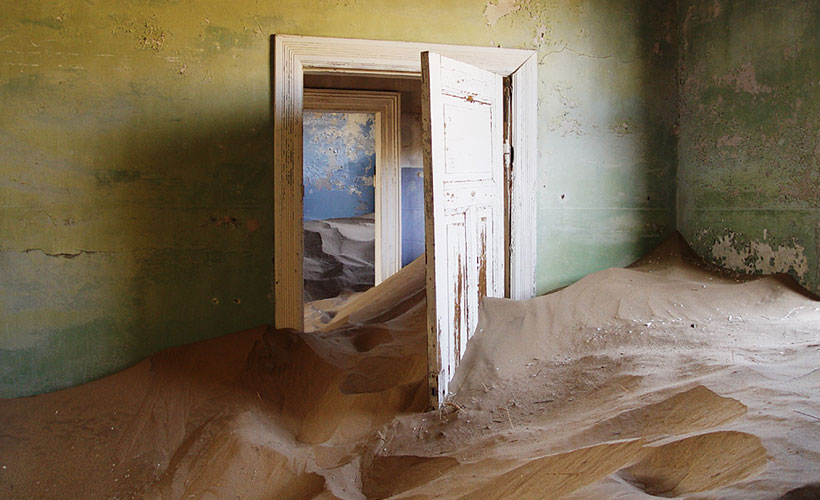
This is a prime example of a mining town where intensive mining precedes its demise. In its heyday before the first World War, Kolmanskop was a quiet coastal town that propelled to the spotlight thanks to its rich diamond deposits.
At the time, the town was credited for 11.7 per cent of the world’s diamond production. It flourished and indulged in a period of luxury. For an African town then, this meant European luxuries from the likes of elaborate theatre halls to bakeries and even an ice factory.
However, all good things must come to an end, and the diamond deposits were slowly but surely depleted. The big hit came when even richer diamond deposits were found on the banks of the Orange River just south of Kolmanskop. The town’s occupants packed up and shifted. Today, the desert has dwarfed much of the buildings, and Kolmanskop has become a popular destination for tourists and photographers.
3. Bodie, California, USA
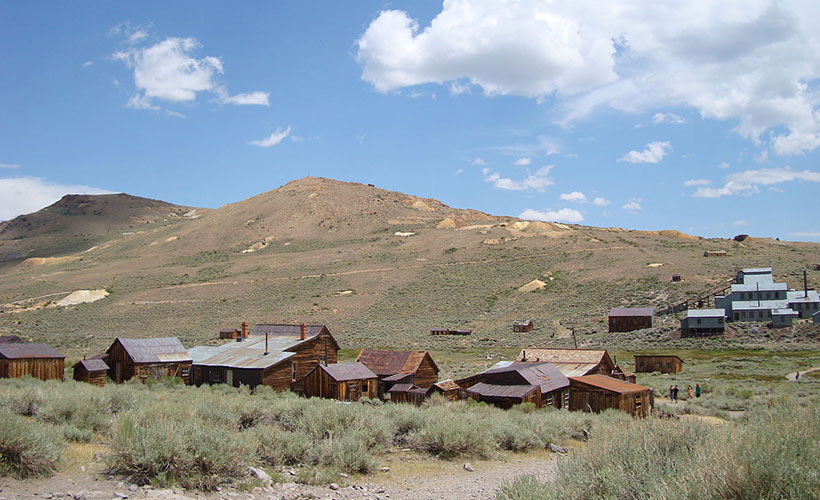
Perhaps the most arresting mark the California Gold Rush has left in its wake is the abandoned town of Bodie. Located near the Nevada border in California’s Mono County, Bodie is what remains of a bustling gold mining town that flourished from 1877 to 1882.
Previously home to an estimated 10,000 residents, the town’s history is similar to that of most abandoned mining towns today – going up as gold yield thrives and diving as it drops. The town was also known as a place of utter lawlessness, where prostitution and opium dens came alive after the day’s mining.
Now, after years of neglect, Bodie is a State Historic Park that’s visited by tourists looking to get a taste of an authentic Old West boomtown. Visitors are warned, however, to refrain from bringing home any ‘souvenirs’ – or risk becoming a subject of the Bodie curse.
Looking for deserted ruins that are much, much older? Check out these Roman ruins in one of the most unexpected of places:
Visiting Roman Ruins In The Middle East
4. Kennecott, Alaska, USA
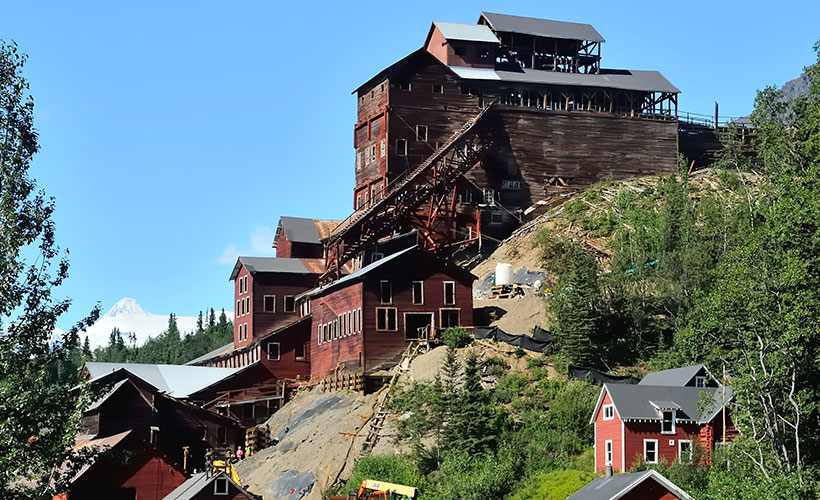
In 1900, two miners spotted an enormous patch of green on a mountain where such a sighting should be impossible. That patch of green turned out to be a site of the richest copper deposits ever discovered at the time, leading the mining town of Kennecott to become, for a time, the largest copper mine in the world.
Kennecott experienced slow decline after the highest grades of its copper were depleted, and in 1938 it was finally deserted, the last train having well and truly left for good. With its Old West red-hued buildings and all, the town is now a National Historic Landmark and one of the main attractions in Wrangell-St. Elias National Park & Preserve. Here, tourists tour the abandoned mill, hike to one of the three mines, and take in the sights of the gorgeous Kennicott Glacier.
5. Pyramiden, Svalbard Islands, Norway
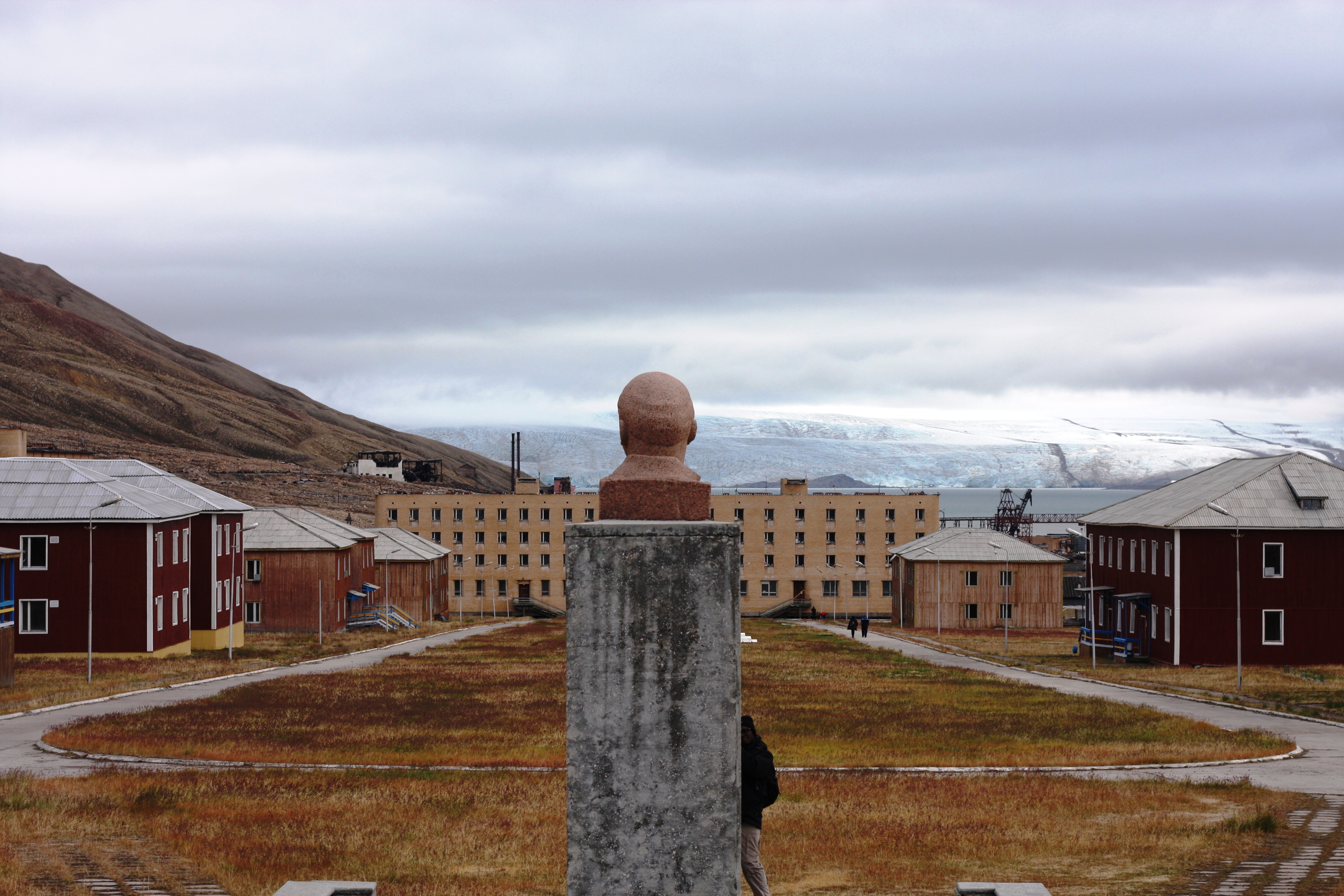
Pyramiden is an abandoned Soviet town in one of the northernmost settlements in the world. It lies in the Svalbard Islands of the far north, nestled between Norway and the North Pole. “Back to the USSR,” is written on Svalbard’s official tourism site, as this Arctic ghost town was sold to the Soviet Union in 1927 for coal mining purposes.
After a devastating flight accident which took the lives of about 10 per cent of the city’s population, in addition to declining coal reserves, the town began its descent to ghost town status.
As a result of the frigid weather, the town remains in an almost untouched state. It’s since been converted to a tourist site with an up-and-running hotel (the Tulpan Hotel) maintained by eight residents. Other than tourists and the few residents living here, the only inhabitants on Pyramiden are wandering polar bears. All this, as a statue of Vladimir Lenin looks on.
6. Centralia, Pennsylvania, USA
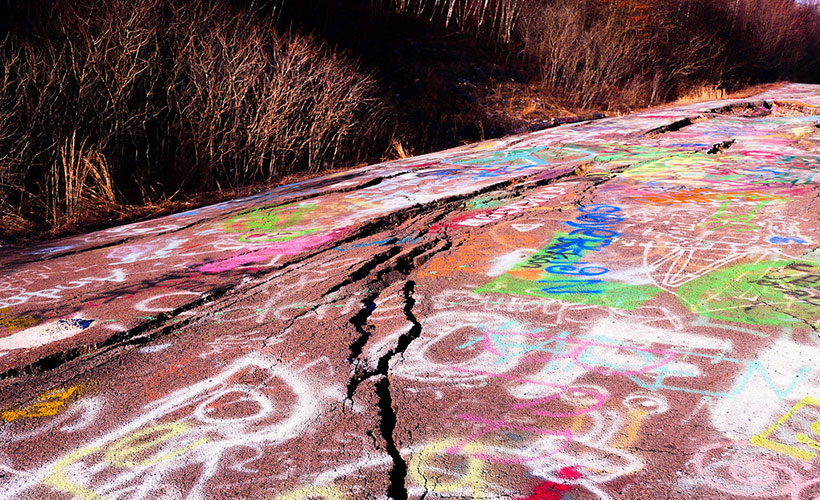
Centralia’s story is a unique one. It starts off like most mining boomtowns – with a mine and a close-knit town. In 1962, the town attempted to deal with its overflowing landfill by digging a large pit and setting it all on fire. Unfortunately, the attempt backfired when the fire creeped out into the nearby coal mines, setting everything alight.
With an uncontrollable fire blazing right beneath the townspeople’s feet, the ground started to collapse, and huge rifts tore roads apart. It wasn’t uncommon for sinkholes to appear underneath one’s feet or for billows of smoke to seep out from cracks in the ground.
Centralia still burns today, though little is left of what used to be. The few odd tourists who are lured in by ‘the town in a perpetual hellfire’ are drawn in by its iconic Graffiti Highway.
7. Plymouth, Montserrat
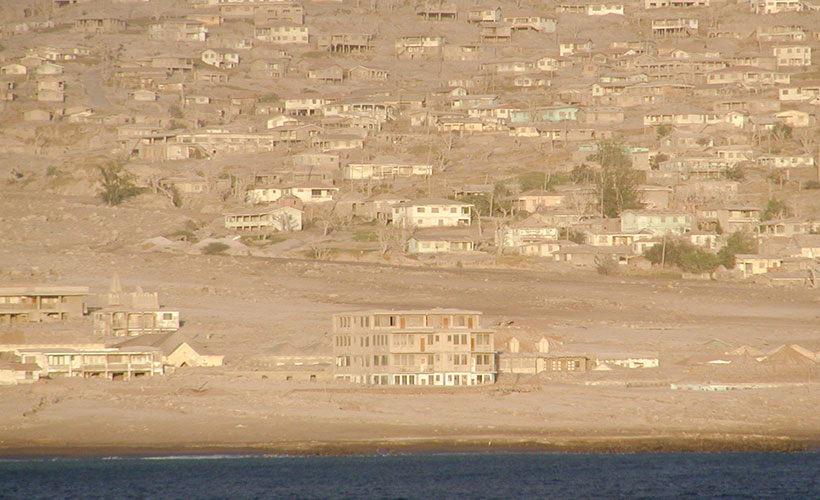
Learning its story, you’ll find that Plymouth is as close to modern-day Pompeii as one can possibly get. It’s the capital of Montserrat, a teeny-tiny British island in the Caribbean. The town is located near the Soufriere Hills Volcano, then thought to be completely inactive. Lo and behold, it began erupting again in 1995, eventually rendering the entire southern portion of the island inhabitable.
Volcanic ash enshrouds the town now. In some places, what was once houses where families lived and laughed together are now swathed up to their roofs in ash. That said, with over 20 years gone by and the volcano seemingly stable, there are those who believe that Montserrat is coming alive again.
8. Hashima Island, Japan
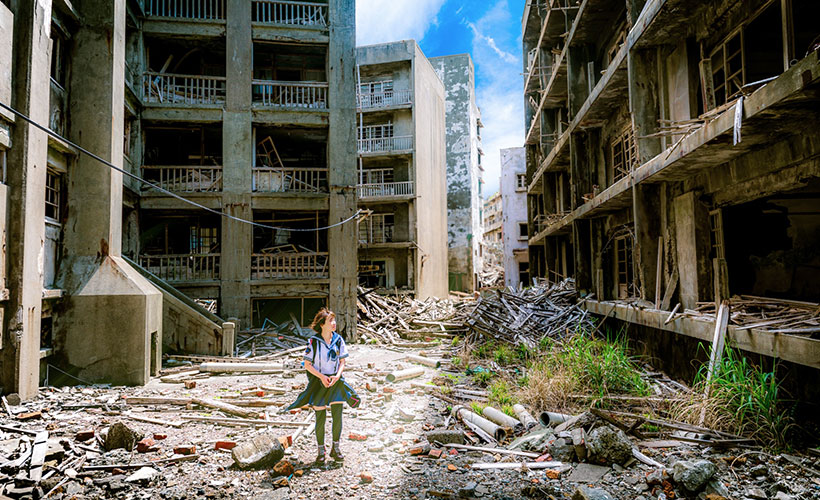
Japan is filled with Old World charm, but this is something else. Commonly known as Gunkanjima (or Battleship Island) for its ship-like shape, Hashima Island skyrocketed to the spotlight after its cameo in the 2012 James Bond blockbuster Skyfall, as well as having been the subject of several documentaries.
The Japanese ghost town harbours a harrowing history. This island ‘town’ was initially established as an undersea coal mining facility for the Mitsubishi Corporation with its inhabitants made up entirely of labourers and their families. Come 1959, this tiny island was the most densely populated area in the world with over 5,000 people packed within its 16-acre land. Then, World War II dawned, and prisoners of war from China and South Korea were forced to labour on Hashima Island. An estimated 1,300 of these victims are believed to have died on the island.
After the mines were closed in 1974, the island was left abandoned. These days, Hashima Island serves as an ominous sightseeing spot for those in pursuit of not just history, but of eerie hauntings too. It was even deemed at UNESCO World Heritage Site in 2015 and scientists are now trying to find a way to save it from imminent dilapidation.
